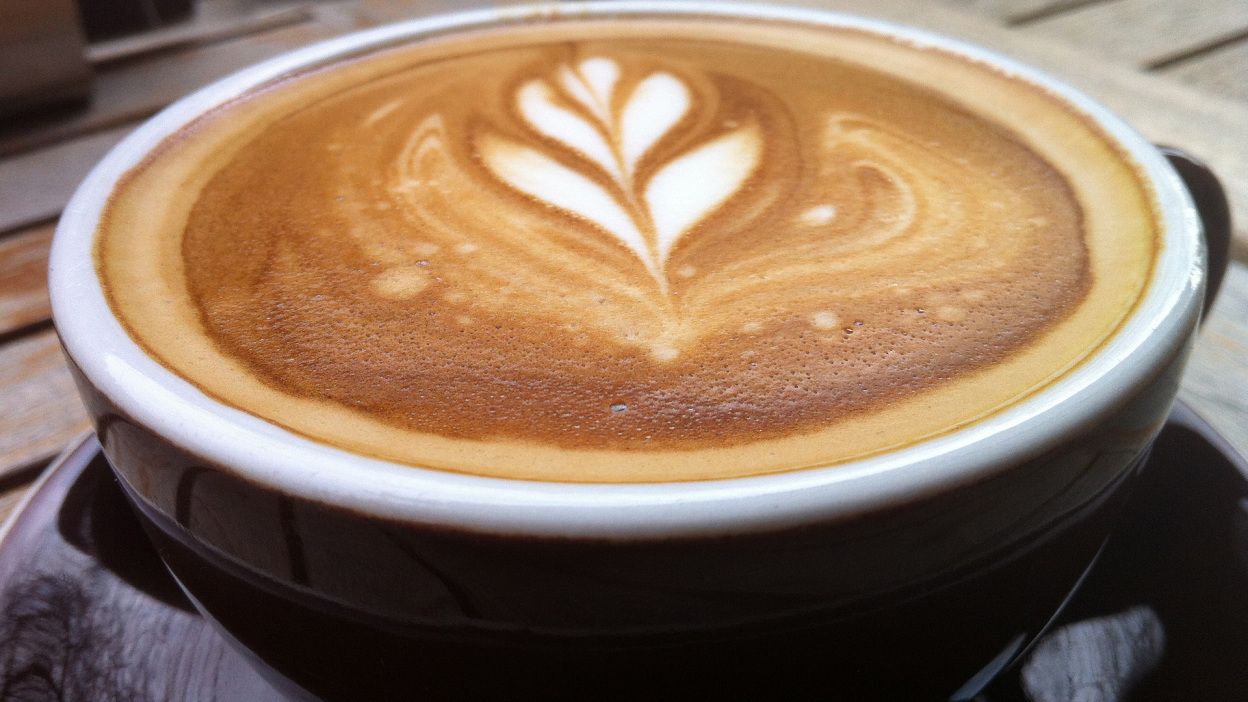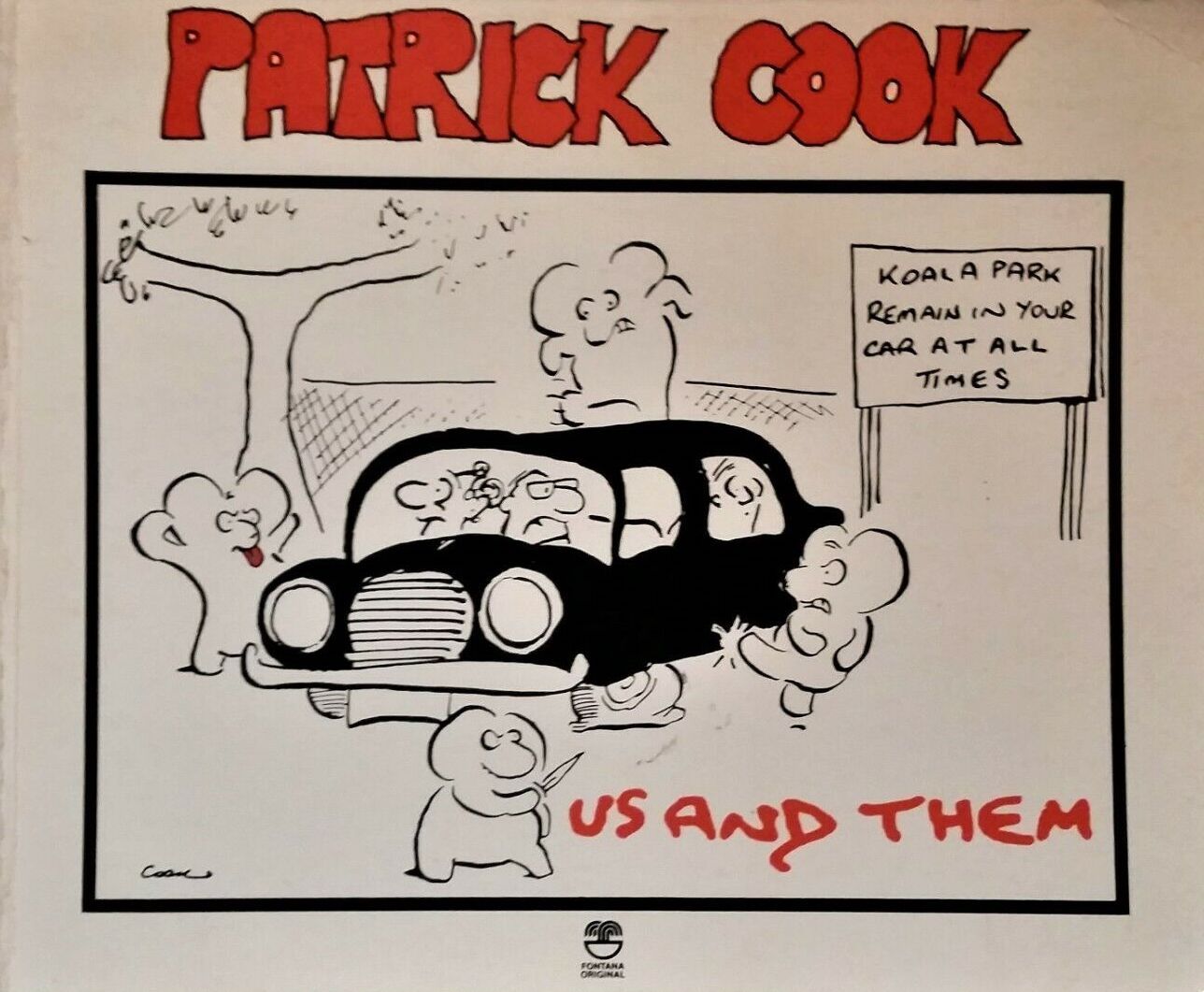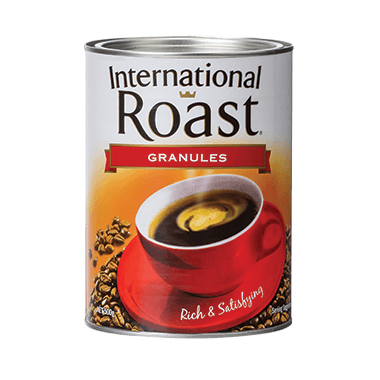A short history of the Australian Flat White

I was there when it happened. Near as, anyway. In the next state.

Grass: not always what it seems
It was 1985 and I was living and working in Sydney. Colleagues visited from our Melbourne office and reported they could not get a cappuccino there. Milk would not froth. Strange as. Something to do with the grass.
This was a lot to believe and we had to sit down. Already in 1985 Melbourne was a huge coffee city. Huge. And Sydney was on its way.
The blossoming of Australian cafés – and Oz has some of the best cafés in the world, trust me on this – was an unintended side effect of the White Australia immigration policy. These policies for decades aimed to keep Australia British. But in the Second World War the Royal Navy was unable to protect this “outpost of the British race” and sentiment in Australia changed. The nation must “populate or perish”. The Assisted Passage Migration Scheme drew a million ‘ten pound poms’ from Britain, but the sunburnt country’s thirst for migrants was unquenched. It opened its doors to the peoples of southern Europe. Melbourne became the largest Greek city after Athens. For decades, planes on Australian domestic routes had their signage in English, Italian and Greek.
Integration is never easy and was still contentious in the 1980s. A Victorian historian endorsed a poll that claimed most Aussies opposed immigration. Local satirist Patrick Cook remarked gleefully that, since most of the population had “within living memory staggered off the boat with the imprint of the jackboot in their ragged arses”, the survey actually showed only just how quickly they had taken on local attitudes.

Labelled “wogs”, the immigrants clustered in the suburbs. In Sydney, Lebanese clustered in Marrickville, and Italians in Leichhardt. When I arrived in Sydney in 1982, Leichhardt was where you went for good coffee.

Aussies still clung to Camp coffee, Nescafé, and a local brown powder sold in tubs labelled “International Roast” but in Strine pronounced “International Rust”. Never did a foodstuff more richly deserve the local gastronomic compliment, “Yeah, that’d kill a brown dog.” In the 1980s Aussies were still learning to appreciate “woggy coffee”.
The newcomers were keen to help. Italian names were replaced with new coinage. The cappuccino and the caffè latte survived, but the espresso became the short black, the caffè lungho the long black. And the closest equivalent to the instant coffee Aussies had grown up on – and expected when they asked for ‘coffee’ – was a long black with cold milk splashed in it. This was the infamous flat white. I quickly learned to avoid it.
An aside here. In Coonabarabran, in rural New South Wales, I was delighted to discover a classic 1940s-looking café with an Italian name over the door and a vintage espresso machine visible on the counter. I went in to refresh myself after the seven-hour drive from Sydney. “Coffee?” asked an Italian-looking woman behind the counter brightly. I nodded dumbly then watched with growing amazement as she drew hot water from the espresso machine and mixed it with a spoonful of Nescafé. Decades later, words still fail me.
Back to the milk. The milk in Victoria wouldn’t froth. Nor in the Australian Capital Territory. New South Wales escaped this blight, and we were able to revive the refugees with cappuccino. But down in Canberra things were getting ugly. Unable to froth milk, the baristas posted signs in their windows: Flat Whites Only.
And it was there, in that desperate hour, that the magic happened. The despicable “flat white”, the caffe lungho tainted with cold milk, was reborn as a failed cappuccino.
Up in New South Wales, secure with our frothy milk, we Sydneysiders knew nothing of this. When I left “God’s own country” a decade later a flat white was still something you might cross the street to avoid.
So when in 2008 in Soho I saw a coffee stand offering a Flat White I was amazed and went to investigate. The barista was an Aussie. Of course. The reborn Flat White had reached London – and it was good.
Less frothy than a cappuccino, and with a stronger coffee taste than a latte, the velvety Flat White has become perhaps the most popular style of coffee in the city.
Sydney, with its harbour views and wealth of small, quirky independent cafés, now has to be the best place on the planet for a Saturday brunch. South End Green might be a runner-up. A recent arrival is the Matchbox Café by the 24 bus stand, opened by Milko, a graduate of the Surry Hills cafés in Sydney.
And the flat white is… perfect.

